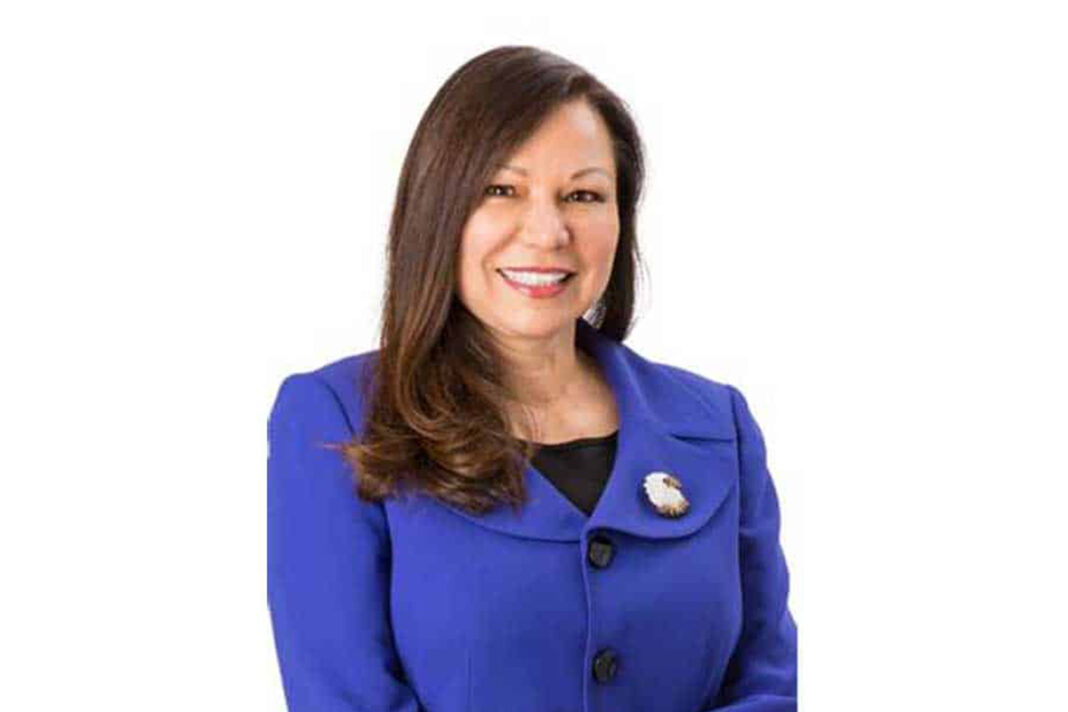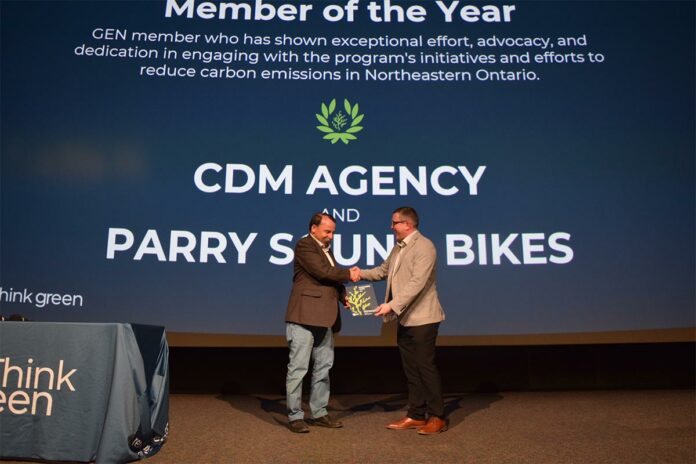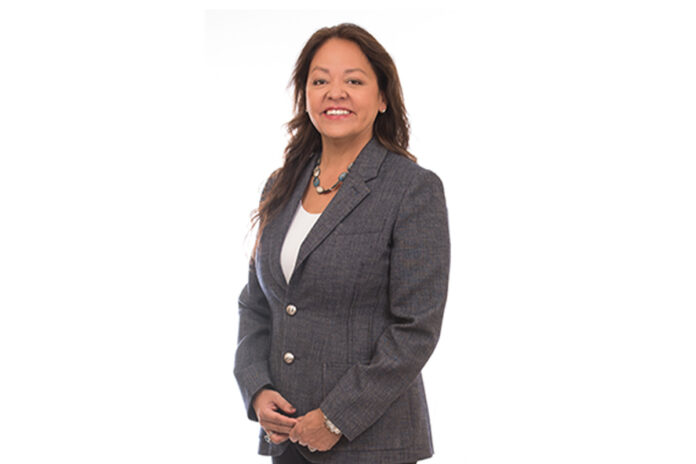OTTAWA—Over the course of her long and successful career at the helm of Waubetek Business Development Corporation, Dawn Madahbee-Leach has seen more than her share of businesses claiming Indigeneity with very tenuous grasps to that title. What is at stake is those funds being set aside for Indigenous businesses aimed at offsetting generations of disparity in economic opportunity.
For the past four years, Ms. Madahbee-Leach has been chair of the National Indigenous Economic Development Board and a member of the National Indigenous Procurement Working Group. Key to those group’s work has been to formulate definitions of what constitutes a legitimate Indigenous business.
“We have been working on those definitions for the past four years,” said Ms. Madahbee-Leach.
Ms. Madahbee-Leach noted that Indigenous communities have been purposely left out of Canada’s economic prosperity. A position that is amply backed up through the government’s own communications to its agents throughout the years since even before Confederation.
In recent years the Canadian public has witnessed numerous individuals, groups and businesses lay claim to being Indigenous, only to be outed when diligent investigators took a closer look at the roots of those claims. From the arts to business, the lure of the money has proven tempting. Thanks to her many years at the helm of one of the most successful business development organizations in the nation, Ms. Madahbee-Leach is well-positioned to assist in winnowing out the chaff when it comes to businesses whose claims to Indigeneity are less than skin deep.
“It is important to ensure that the ‘Indigenous’ owners, board members, administration and employees actually have a role in the business,” she said, not just acting as figureheads in order to qualify for grants or loans. “We know that there are shell companies that maybe have an Indigenous front person that’s being used really to access a lot of set-asides and procurement opportunities.”
That winnowing process therefore means asking hard questions such as ‘do they have the skills and expertise to succeed in that business?’
The new Indigenous Business Definitions were released by the National Aboriginal Capital Corporations Association (NACCA) last week and developed by the National Indigenous Procurement Working Group, which consists of representatives of various Indigenous organizations, government departments and industry associations.
The stakes are not inconsiderable, as in 2021, the Canadian government announced a government-wide procurement target of five percent for Indigenous businesses. The federal government’s Indigenous Business Directory includes a list of Indigenous companies eligible for special consideration when bidding on some federal contracts.
As more of Canada’s natural resource wealth is accessed in its Northern and more remote areas that form Indigenous traditional territories, the aim is for First Nations communities and businesses to share in the prosperity. Too often in the past, those communities have only experienced the negative fallout from those developments.
The new guide released by NACCA provide criteria for Indigenous sole proprietorships, corporations, non-profits, charitable organizations, co-operatives and partnerships that include many of the current federal stipulations, such as 51 percent Indigenous ownership and control, but go well beyond that too-often cosmetic benchmark noted Ms. Madahbee-Leach.
Ms. Madahbee-Leach said she hopes the new definitions will help weed out businesses that aren’t Indigenous-led, prevent false claims of Indigeneity and tokenism from opportunities meant for First Nations, Métis and Inuit.
“It’s going to make a difference to ensure that those set-asides that are meant for our people go to our people,” said Ms. Madahbee Leach. “There is so much opportunity to involve our people in Canada’s economy—procurement is one of the best ways.”
NACCA’s criteria for proof of Indigeneity excludes membership in some organizations the federal government’s Indigenous Business Directory criteria currently includes, setting the stage for some serious discussion. “We’ve contested that directory and we said it is we who need to maintain that directory because we know how to determine Indigeneity way better than a civil servant,” said Ms. Madahbee-Leach.
“I have been happy to have been involved,” she said of the past four years of work on the project. “I have always been intent on being a strong voice for our people.”





